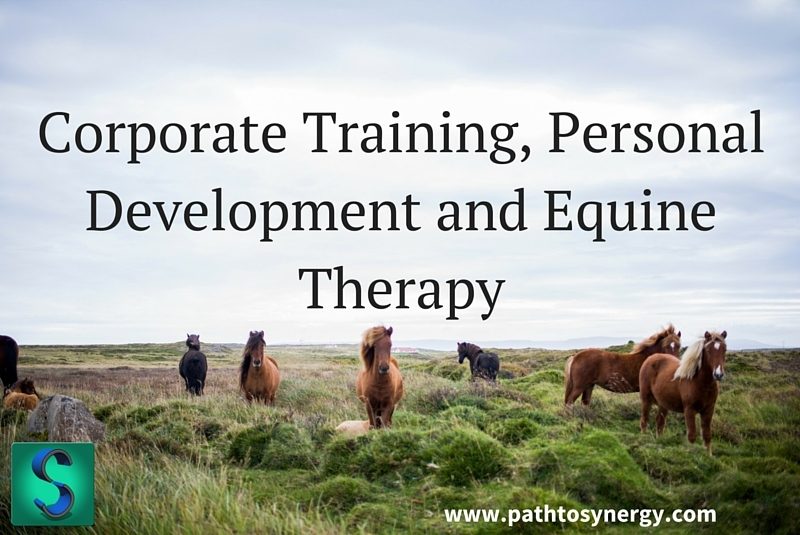The Best Listener at Work

You may wonder why being a good listener at work is really valuable. However, if you experiment with improving your workplace listening skills, you will see changes. In the fast past, high demand jobs so many of us have, really good listening may be something of a novelty. This may because of the ever-impending deadlines, […]
The Value of Showing Up

One of the first rules of life – show up. What does this mean exactly? I believe it can mean lots of things but perhaps first it means, give it your all. Always be participating in your life rather than being a passive observer. This is great advice, however, this article is more about […]
Corporate Training, Personal Development and Equine Therapy

Based on the title you may be thinking that these things are totally un-related, but you’re here, so thank you! I lead a group therapy session a couple of times a week with about 10 attendees and the topic of animals and our connection to them recently came up. We discussed different kinds of therapy […]